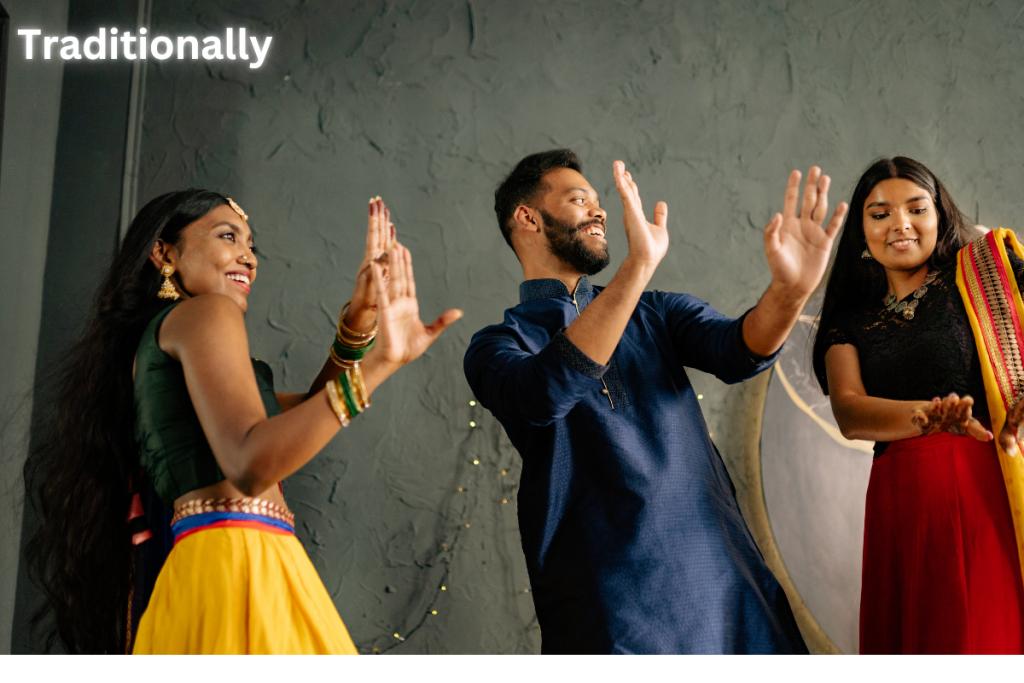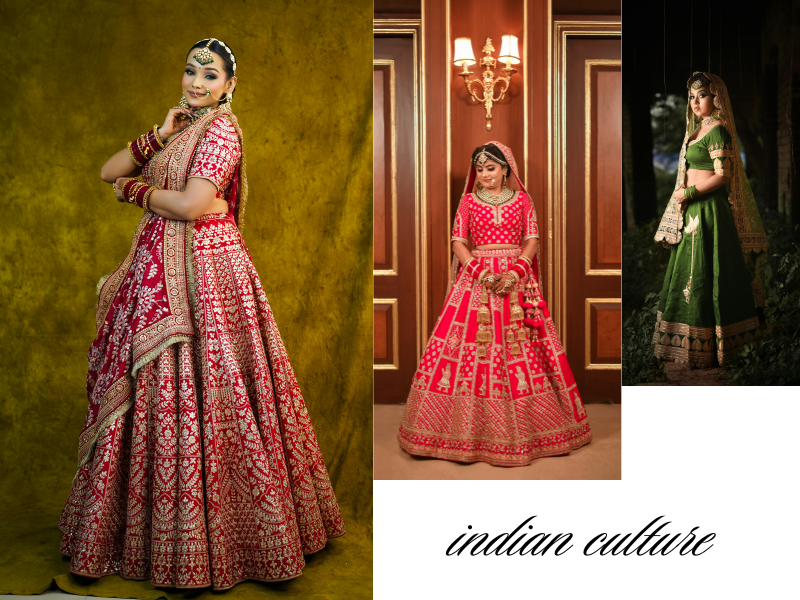Fashion is a powerful tool for self-expression and creativity. It encompasses the ever-evolving styles, trends, and choices that reflect an individual’s personality, culture, and lifestyle. More than just clothing, fashion has the ability to influence and define cultures, societies, and even history. From the bold, vibrant street styles to the timeless elegance of classic attire, fashion speaks volumes about who we are and how we view the world around us.
Fashion is not a static concept. It is constantly shifting and changing, influenced by social movements, technological advances, and cultural shifts. Designers, influencers, and everyday people shape and redefine what is fashionable at any given time. Whether you’re dressing up for a special occasion or picking out your everyday wear, fashion helps people make a statement and communicate without words.
Types of Wears
Fashion encompasses a wide range of clothing styles that suit different occasions, preferences, and cultural influences. The two major categories of fashion are Western wear and traditional wear. Both types of attire have their own history, significance, and appeal. Let’s take a closer look at the different types of wear.
Western Wear
Western wear is often associated with modern, urban fashion and is widely adopted around the world. It is typically characterized by comfortable, practical, and trendy clothing that is suitable for a variety of settings. Western fashion includes everything from casual attire like jeans to more formal options like suits and dresses. It is influenced by a mix of street fashion, high fashion, and global trends.

Jeans
One of the most iconic pieces of Western wear is the jeans. Originally designed as durable work pants for miners in the 19th century, jeans have evolved into a symbol of everyday casual style. Today, they are a wardrobe staple for people across the world, offering both comfort and versatility. Whether it’s a pair of skinny jeans, bootcut, or boyfriend jeans, they can be dressed up or down for various occasions. Jeans are typically paired with a variety of tops, shoes, and accessories, making them a go-to choice for casual outings, events, and even semi-formal affairs.

T-shirt
Another fundamental piece of Western fashion is the t-shirt. Simple, comfortable, and easy to style, the t-shirt is worn by millions of people globally. It comes in a wide range of fabrics, colors, and designs, making it easy to customize and pair with various types of bottoms. From graphic tees to plain ones, t-shirts are highly popular for their versatility. They are perfect for both men and women and can be styled for casual, relaxed looks, or even dressed up with a jacket or accessories for a more polished appearance.

Traditional Wear
Traditional wear refers to clothing that reflects the cultural heritage, customs, and practices of specific regions, countries, or communities. This type of attire often holds deep historical significance and is worn for special occasions, ceremonies, or festivals. Traditional wear varies widely depending on the region and can include intricate designs, luxurious fabrics, and a rich variety of colors.

Lehenga Choli
A quintessential part of Indian traditional wear, the lehenga choli is a stunning ensemble that combines a long, flared skirt (lehenga) with a short blouse (choli) and often a dupatta (a scarf or shawl). This outfit is commonly worn for weddings, festivals, and other significant celebrations. The lehenga choli is known for its intricate embroidery, beading, and embellishments that make it both regal and elegant. It is a symbol of grace and femininity, often paired with traditional jewelry and accessories.

Saree
The saree is one of the most iconic garments in Indian culture. It consists of a long, unstitched cloth (usually around 5-9 yards) that is draped elegantly around the body, typically with the pallu (the end portion of the cloth) draped over the shoulder. Sarees come in a variety of fabrics, including silk, cotton, and chiffon, and are adorned with beautiful patterns and embellishments. The saree is a symbol of grace, sophistication, and cultural pride. It is often worn for weddings, festive occasions, and formal events.

Dresses
In many cultures, dresses serve as both traditional and fashionable clothing. While dresses are considered Western wear by some, many cultures have their own versions of the dress, such as the Kanzashi in Japan or the Kaftan in Middle Eastern countries. Traditional dresses can vary widely in terms of design, color, and fabric but share a common purpose: to reflect the culture’s values and aesthetics. In some regions, dresses are worn for ceremonial purposes, while in others, they may be everyday attire, embodying comfort and practicality.

What is the Difference Between Traditional and Western?
The key difference between traditional and Western wear lies in their cultural origins, style, and purpose.
1. Cultural Heritage: Traditional wear is deeply rooted in the cultural history of specific regions and is often linked to customs and rituals. For example, the saree in India has centuries of history, tied to religious and social practices. In contrast, Western wear is more globally influenced and widely adopted across various cultures. It often symbolizes modernization, urbanization, and practicality.
2. Occasions: Traditional wear is commonly worn during special occasions such as weddings, religious ceremonies, and cultural festivals. On the other hand, Western wear is generally worn for everyday activities, including work, social gatherings, and casual outings. However, there are exceptions, as some Western garments like suits and dresses are also worn during formal events.
3. Design and Structure: Traditional wear tends to have more intricate designs, often incorporating embroidery, beadwork, and traditional craftsmanship. It can be more ornate and detailed. Western wear, especially casual pieces, tends to have simpler designs, focusing on comfort, versatility, and trendiness. Western wear is often about creating a balance between comfort and style, with an emphasis on practicality.
4. Globalization: Western wear has been widely embraced around the world due to globalization, with cities across the globe seeing people adopt jeans, t-shirts, and other Western styles as part of their everyday wardrobe. Traditional wear, while beloved and cherished, remains more region-specific. However, elements of traditional clothing are sometimes incorporated into modern fashion, creating hybrid styles that blend the best of both worlds.
______________ Fashion is a celebration of creativity, culture, and individuality. Whether one chooses to wear traditional clothing or embraces the trends of Western fashion, the most important aspect is the freedom to express oneself through what we wear. Both traditional and Western fashion offer distinct advantages, and the beauty lies in how each person interprets and personalizes their style. In the end, fashion is all about embracing who you are and feeling confi
